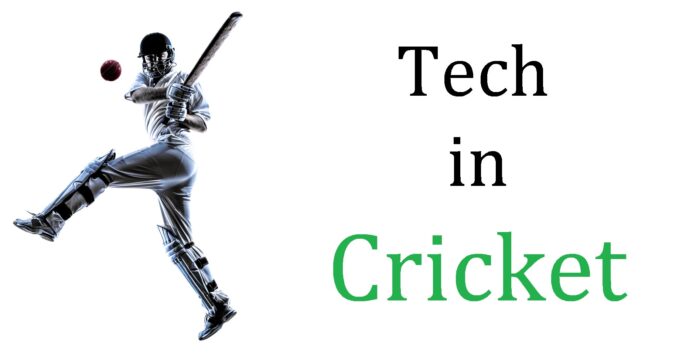Cricket and technology are inextricably linked. Over the course of cricket’s 140-year history, innovation has evolved decade by decade.
To make cricket more easy and interesting new technologies introduced and among those we have picked top four most famous technologies that are currently used in Cricket.
DRS (Decision Review System):
DRS is a technology-based system that help umpires on the field with their decision-making abilities. It is a concerted effort to guarantee that decisions are made in the most open and transparent manner possible, and that the proper decision is reached at the conclusion of each event.
A team requesting for a DRS is the process of the on-field umpire invoking the third umpire to make the appropriate decision using DRS technology.
It was first used in a Test series between India and Sri Lanka in July 2008.
Snickometer:
Allan Plaskett, an English computer scientist, invented the Snickometer in the mid-1990s.
When the ball travels through the Snickometer, it emits an ambient sound or picks up any sound and amplifies the appropriate signal. In layman’s terms, it’s a type of microphone that records noises of various frequencies produced when the ball strikes the bat or any of the leg pads. It aids in decision-making when umpires are uncertain about picking up the edges for caught-behinds or inside-edges for LBW judgments.
A sensitive microphone and an oscilloscope make up the Snickometer instrument. The bat is hitting the target when a sharp variation in sound occurs, and the slow-motion display makes it easy to detect any upcoming decisions.
In 1999, Channel 4 in the United Kingdom became the first to use Snickometer technology.
Hawkeye:
The Hawkeye technology was launched in 2001.
The Snickometer is made comprised of a sound-wave measuring oscilloscope and an extremely sensitive microphone inserted in one of the stumps. When the ball touches (nicks) the bat, the oscilloscope trace will pick up the sounds.
The form of the sound wave can be used to know whether the noise chosen up by the microphone coincides with the ball passing the bat, and whether the sound comes from the bat hitting the ball or from another object, using the oscilloscope trace and slow motion video of the ball passing the bat.
Hawk-eye was first used during a Test match between Pakistan and England at Lord’s Cricket Ground, on 21 April 2001, in the TV coverage by Channel 4.
Hot spot:
Nicholas Bion, a French physicist, was the inventor of the Hot Spot technique. However, BBG Sports, a Melbourne-based company, was the first to use this technology in cricket.
Hot spot is an image-sensing technology that uses infrared cameras to determine whether or not the batsman has nicked the ball.
When the ball or bat comes into contact with the bat, pad, or batsman, friction is generated. The temperature difference is measured by the infrared imaging camera system because of the friction. That’s how the contact zone is established. The infrared image can be used to confirm any suspected snick or bat/pad event.
The first time Hot Spot was used in 2006 during the Ashes in Australia.



